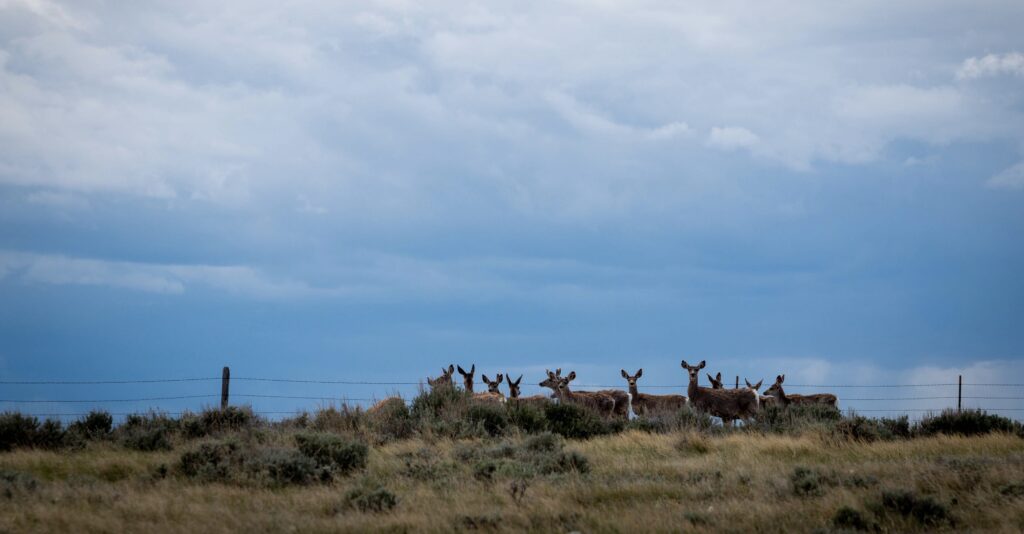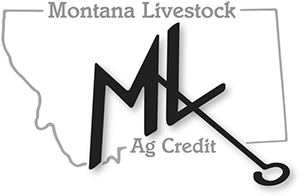In the vast grasslands of the Northern Great Plains, ranchers have long been the silent stewards of some of America’s most fragile ecosystems. These are people who understand the land in a way few others do—people whose hands are calloused from years of hard work, and whose education often comes from the very soil they nurture.
A Polaris UTV serves as steed as Leo Barthelmess ushers cattle to the next pasture on his south Phillips County, Montana ranch. Meanwhile, buzzwords are thrown around a college campus six-and-a-half hours away in Missoula: resiliency, sustainability, conservation, preservation.
And he thinks he’s just ranching.
Finely attuned to the intricacies of grazing management, Barthelmess approaches his work with a deep respect for the land. Rest this. Graze that. Notice what the grass is telling you. Only now are we coming to fully appreciate just how much good his decisions are doing—not only for his own land but for the health of the surrounding public lands as well. This ripple effect of working lands conservation, embraced by regional ranchers like Barthelmess, is being celebrated on a broader scale, highlighting their vital role in sustaining the wider landscape.
The discussion in Missoula expands to include researchers from Colorado and Wyoming. Data begins to emerge, quantifying the profound impact. Just released, a new peer-revied article (1) reveals that long-term conservation on private ranchlands doesn’t just benefit those specific areas; it indirectly preserves core sagebrush habitats at a scale nearly four times larger than the private lands themselves. This synergy between private and public conservation highlights the ranchers’ crucial role. They are not just caretakers of their land; they are grassland guardians for the broader landscape.
Maybe it’s more than ‘just’ ranching.
The interdependence of ranching and conservation is a dance that, when done well, is so mutually beneficial it’s striking the two words can sometimes be used at odds with one another.

Sometimes as formally entered into as conservation easements, sometimes as casually carried out as steadfast ranch legacy, long-term conservation continues to complement ranching seamlessly. It’s a dance that, when done well, is so mutually beneficial it’s striking the two words can sometimes be used at odds with one another.
On the formal end of the scale, ranchers like Dale Veseth see conservation easements not just as a financial tool but as a way to ensure the survival of the ecosystems that sustain their way of life. A conservation easement is a voluntary, legally binding agreement between a landowner and a government agency or qualified organization that limits how much and what kind of development can happen on a property in the future.
In south Phillips County, where Veseth’s legacy lies, the purpose of such an agreement is typically to keep intact grasslands in grass and ward off the turning over of the soil into farm ground. Research from University of Montana in 2016 (2) found that 96% of active sage grouse leks are located in landscapes with less than 15% of cropland.
“It’s about more than just today,” Veseth says. “We’re thinking generations ahead, making sure this land is here for those who come after us.”
Meanwhile, the group of researchers becomes authors, publishing findings that affirm what he has known for years: Stewardship on private land starts the ripple, and public land feels its beneficial wake. By the numbers, this new study shows 80% of the conservation benefit manifests not on the land beneath privately-held easements, but on public lands adjacent to them.
Acknowledging the mix of public and private land within his ranch’s geography, Barthelmess echoes the care given to the land. “Ownership is not the key,” Barthelmess says. “It’s the stewardship of the landscape that’s more important than ownership.” While not taking part in any formal easements, Barthelmess is a known advocate for making the cow work for you in a grass system, increasing forage for livestock and wildlife alike. It’s a legacy mindset he shares with his family.
He knows it’s more than just ranching.
Barthelmess and Veseth are leaders in a movement that goes beyond the boundaries of their own land. As President and Vice President of the Ranchers Stewardship Alliance, they are at the helm of a rancher-led organization dedicated to sustaining the Northern Great Plains through collaboration, education, and innovation. The Alliance fosters a unique partnership between ranchers and conservationists, proving that healthy ecosystems and productive ranches can thrive together. It’s a commitment to future generations, both human and wild.
What they do is far more than land management. By nurturing native grasslands and sagebrush habitats, these ranchers are building biodiversity, protecting soil health, and ensuring the survival of wildlife species that depend on these ecosystems. Their stewardship creates ripples that benefit not only their land but the entire Northern Great Plains.
The beauty of these wide-open spaces is undeniable. But behind that beauty is an often unseen dedication to conservation—ranchers working tirelessly to protect and preserve the very heart of this landscape. They aren’t just ranching; they are preserving a legacy, ensuring that this land, and all it holds, endures for future generations.




